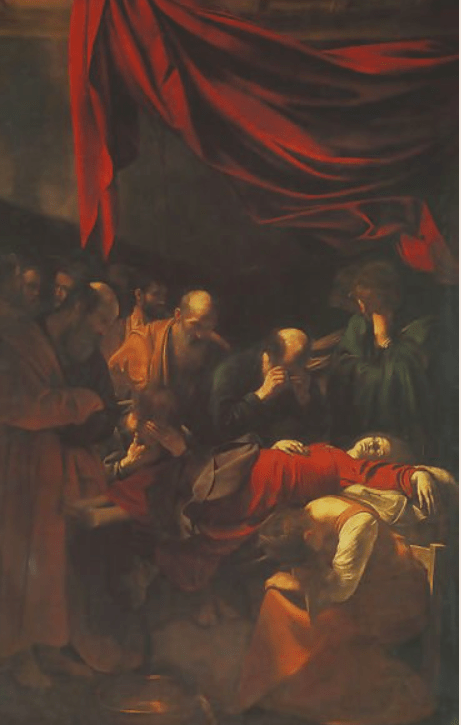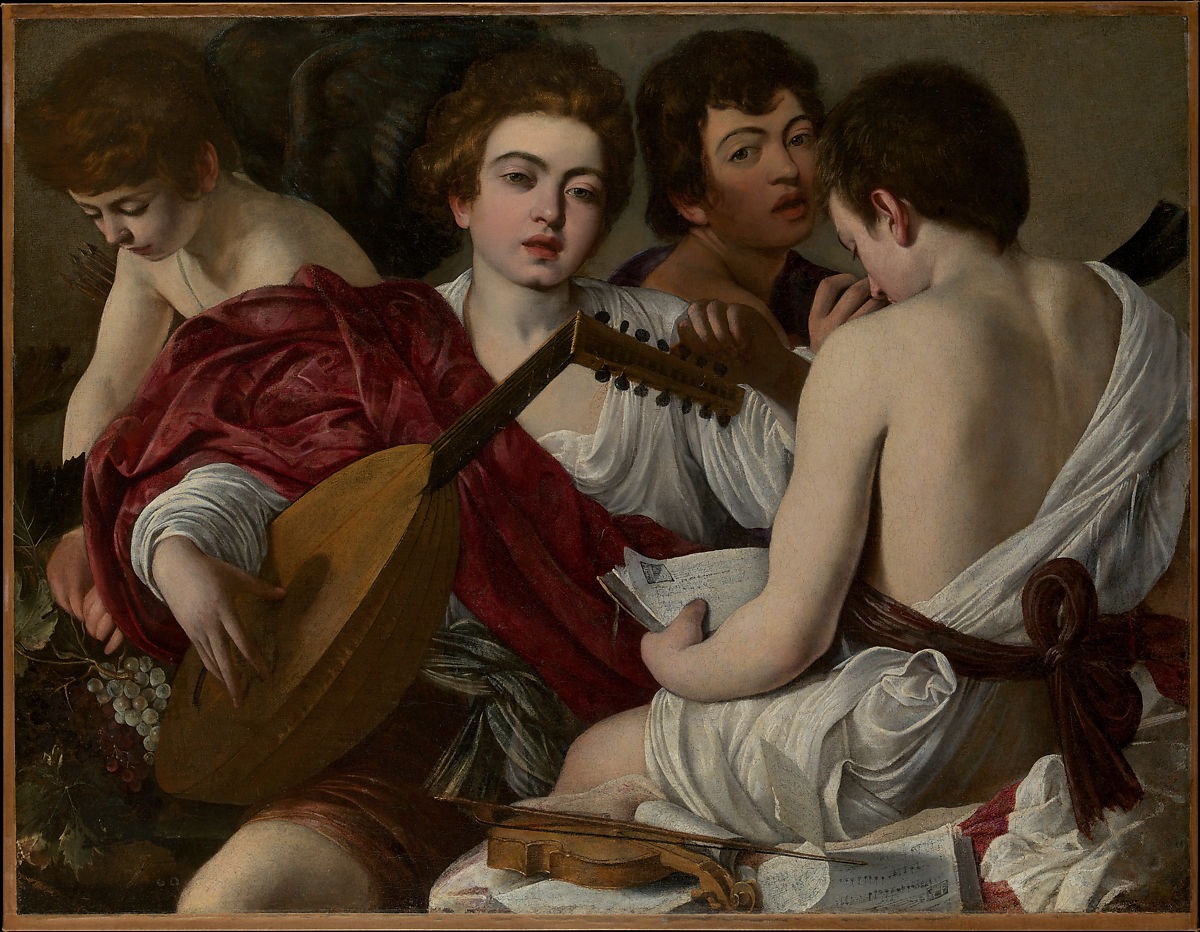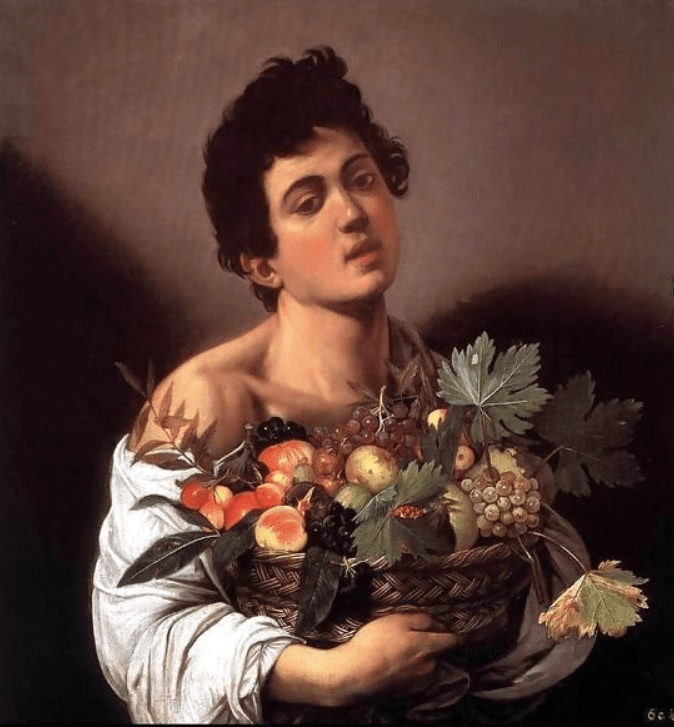Table of Contents
Scholars disagree over whether a painting discovered in an attic is by Michelangelo Merisi da Caravaggio, an Italian painter. Both sides have arguments, and the answers are found in the details. An institute devoted to the artworks of the Italian artist Caravaggio will open in Rome to recognize authentic paintings. The most current point of disagreement is a painting unearthed in an attic in Toulouse, France, in 2014. Some experts think it is an original Caravaggio, while others contend a copy.
According to specialists, the picture, which had been preserved in the attic “for at least 100 years,” has undergone extensive, initially secret, analysis to prove its authenticity and is in surprisingly good shape. The picture is Caravaggio’s second depiction of Judith’s beheading of the inebriated Holofernes. The first is on exhibit at the Barberini Palace in Rome, and it dates from roughly 1600.
The Caravaggio Research Institute was founded to avoid disagreements over who was the master of the ‘chiaroscuro’ painting technique, according to Coliva, referring to an oil painting technique that uses strong contrasts between dark and light shades to create dramatic three-dimensional figures. To know more about the forgery case of Caravaggio’s famous paintings:
Original v/s Forged Art
Many people who saw the flurry of claims and counter-claims regarding which painter Caravaggio is the actual one, the one in Dublin or Rome, found it to be unbelievable. It came as a surprise that even a meticulously authenticated masterpiece could be drastically removed from its pedestal by the words of detached experts.
However, the supposedly peaceful world of excellent art museums, ostensibly a haven of truth and beauty removed from the darker side of reality, is prone to seismic shifts and disturbances by nature.
Forgery is not an innovation; it is almost as old as art. Luca Giordano, a Naples-based painter of great stylistic aptitude and distinction, began producing counterfeit Caravaggio work within a few decades of Caravaggio’s death. Let’s dive into the case and learn about Michelangelo Merisi da Caravaggio.
The Case
Marc Labarbe, an auctioneer based in Toulouse, France, discovered a wonderfully well-preserved 17th-century canvas of “Judith and Holofernes” in the attic of a house in 2014.
Caravaggio’s famous painting’s initial version, painted around 1600, is housed in Rome’s Galleria Nazionale d’Arte Antica. A second, in which Judith is dressed in a widow’s black gown and her elderly maid stands to her right, is estimated to have been painted in Naples in 1607. Caravaggio had departed Rome the previous year after killing a man in a quarrel.
In November 2016, the Pinacoteca di Brera in Milan convened a seminar, but many international researchers could not reach an agreement. It would have been foolish for France to risk losing the picture to a hasty sale, and it bought time for thorough research and authorship determination. The Louvre inspected the picture but did not reveal whether or not it was by Caravaggio. In France, there are some very wealthy institutions and individuals, and if the artwork were as interesting as it appears, one of them would have jumped at the chance to buy it.
Caravaggio’s painting of Judith and Holofernes, which was on display in Rome’s Palazzo Barberini, was auctioned off for up to £30 million on June 27, 2019, with the auctioneers intending to make between £86 million and £129 million. The evidence so far, including scientific studies, is sufficient to prove it is not a forgery. Under the surface layer of paint, X-rays of the painting reveal different locations of the figures. In addition, Caravaggio made multiple copies or somewhat different renditions of the same subject.

Caravaggio – Death of the Virgin
Recognitions & Explanations
Because of his unusual status in art history, identifying genuine Caravaggios is difficult. However, in the 17th century, he was famous – and infamous – for his powerful style, which inspired numerous followers, from Gentileschi to Dutch artists like Gerrit van Honthorst. These “Caravaggisti” traveled throughout Europe, spreading Caravaggio’s compelling aesthetic.
He was also despised and vilified. It wasn’t so much his turbulent life or homosexuality that astounded art critics as his stark reality. As a result, classical painters like Poussin were regarded as more serious. As a result, Caravaggio had fallen out of favor by the 18th century. He has only recently been rediscovered and respected. That is why, in theory, a Caravaggio can be found in an attic.
Some French academics believe that a northern follower of Carravagio created the Toulouse painting. But it’s far stranger than that. Painters that emulated Caravaggio did not directly mimic him. Instead, they utilized his inventive light effects, violent sensuality, and sharp realism in unique ways.
Caravaggio – Boy with a Basket of Fruit
Conclusion
While the painting’s validity is still unknown, the “yes votes” were enough for some. The sculpture was first showcased to the public on November 10, 2016, at the Pinacoteca di Brera in Milan, causing a stir in the art world. Caravaggio specialist Mina Gregori stated the picture was a forgery, although the verdict was still deferred in light of some recent errors on her side. The painting was later authenticated and valued at €120 million by expert Eric Turquin.
See also – What Are the Biggest Thing That Impacts Property Values
How To Pick the Best Preschool Institution for Your Child



